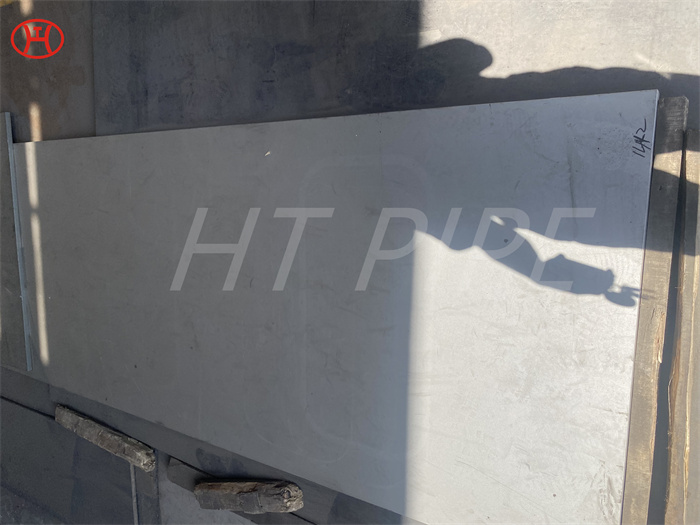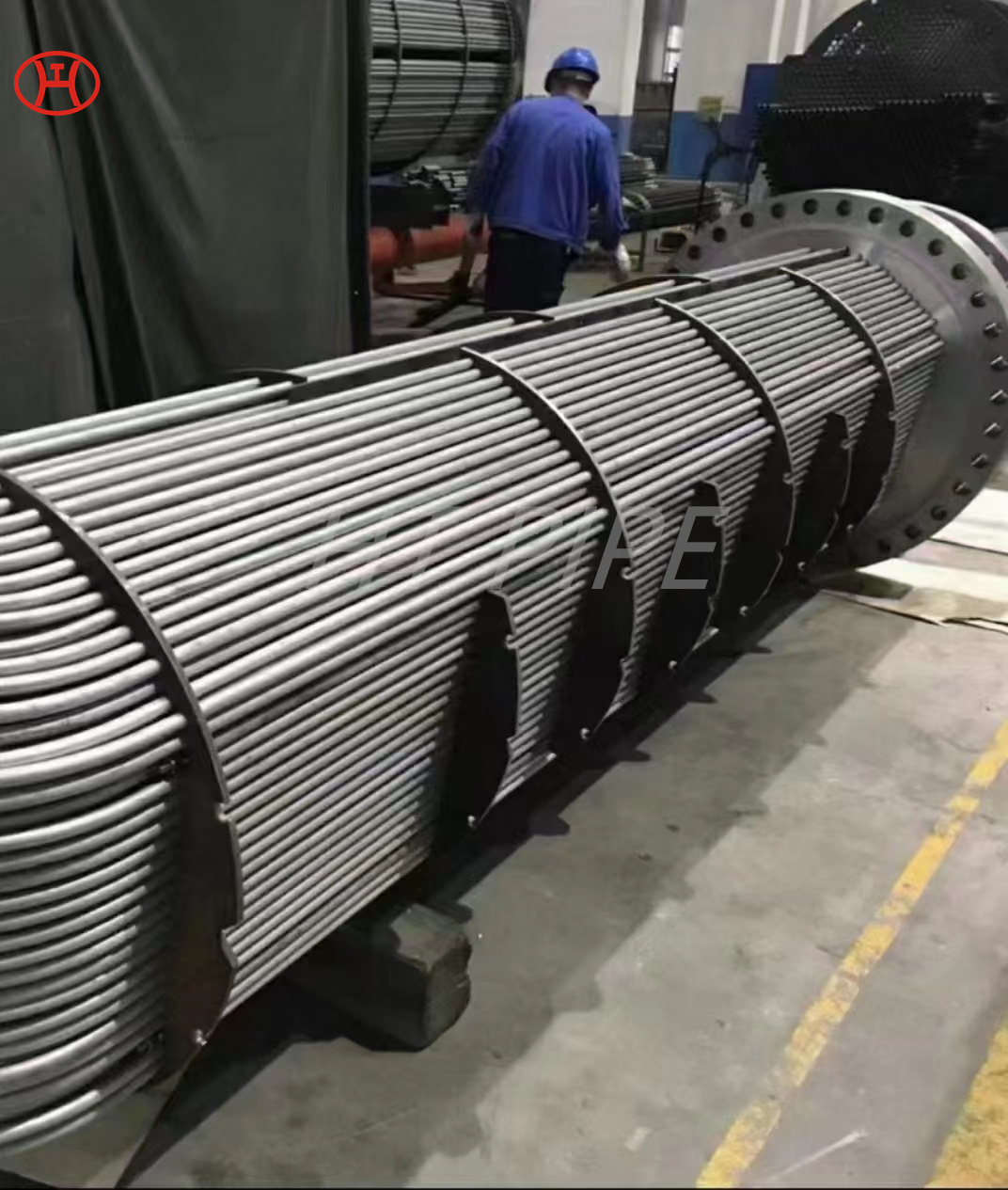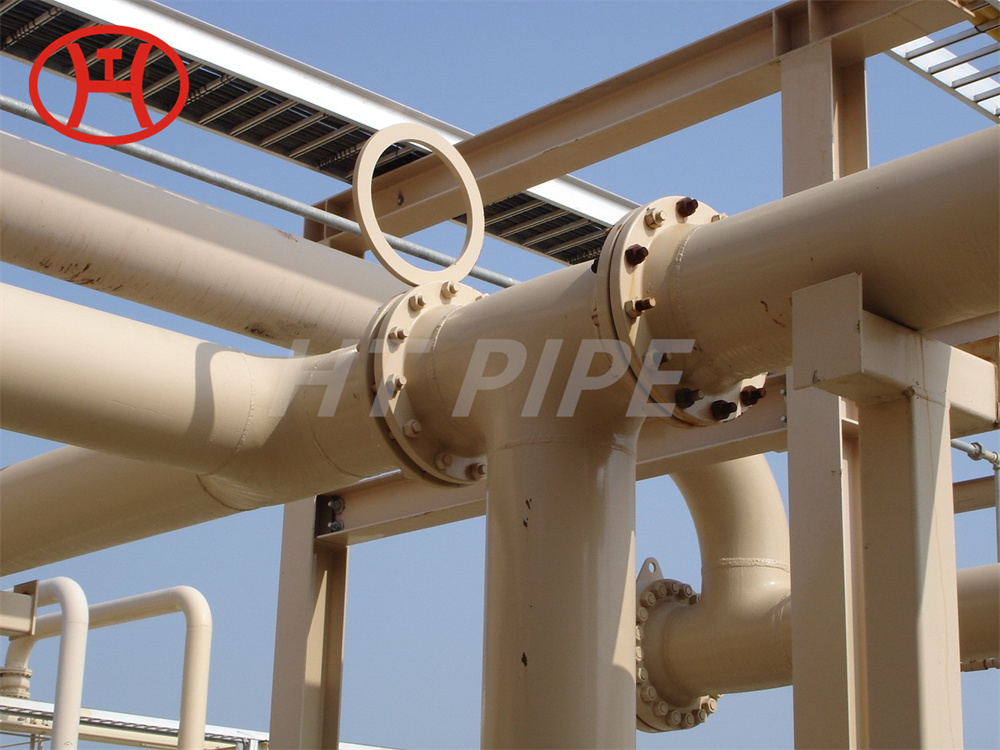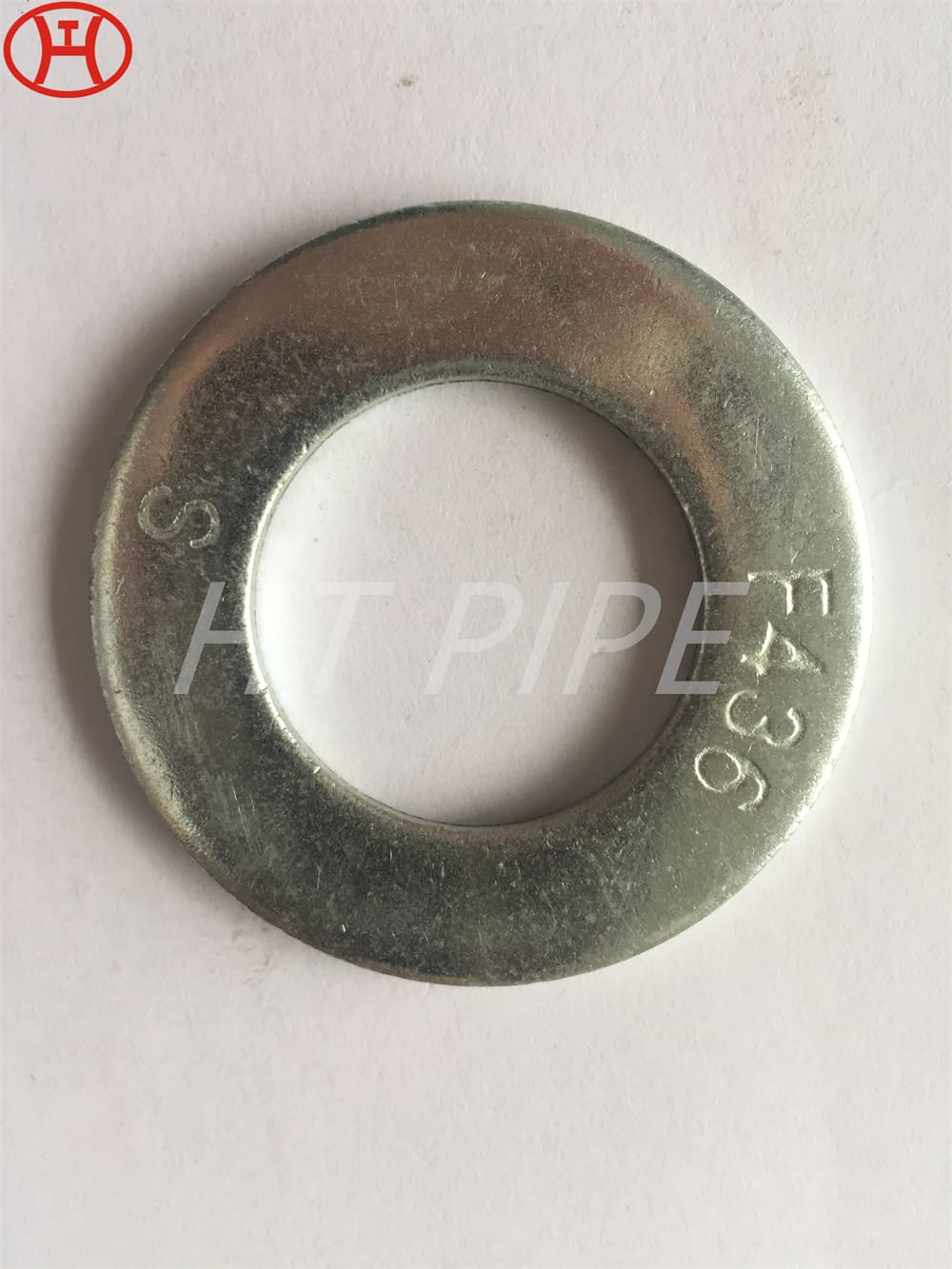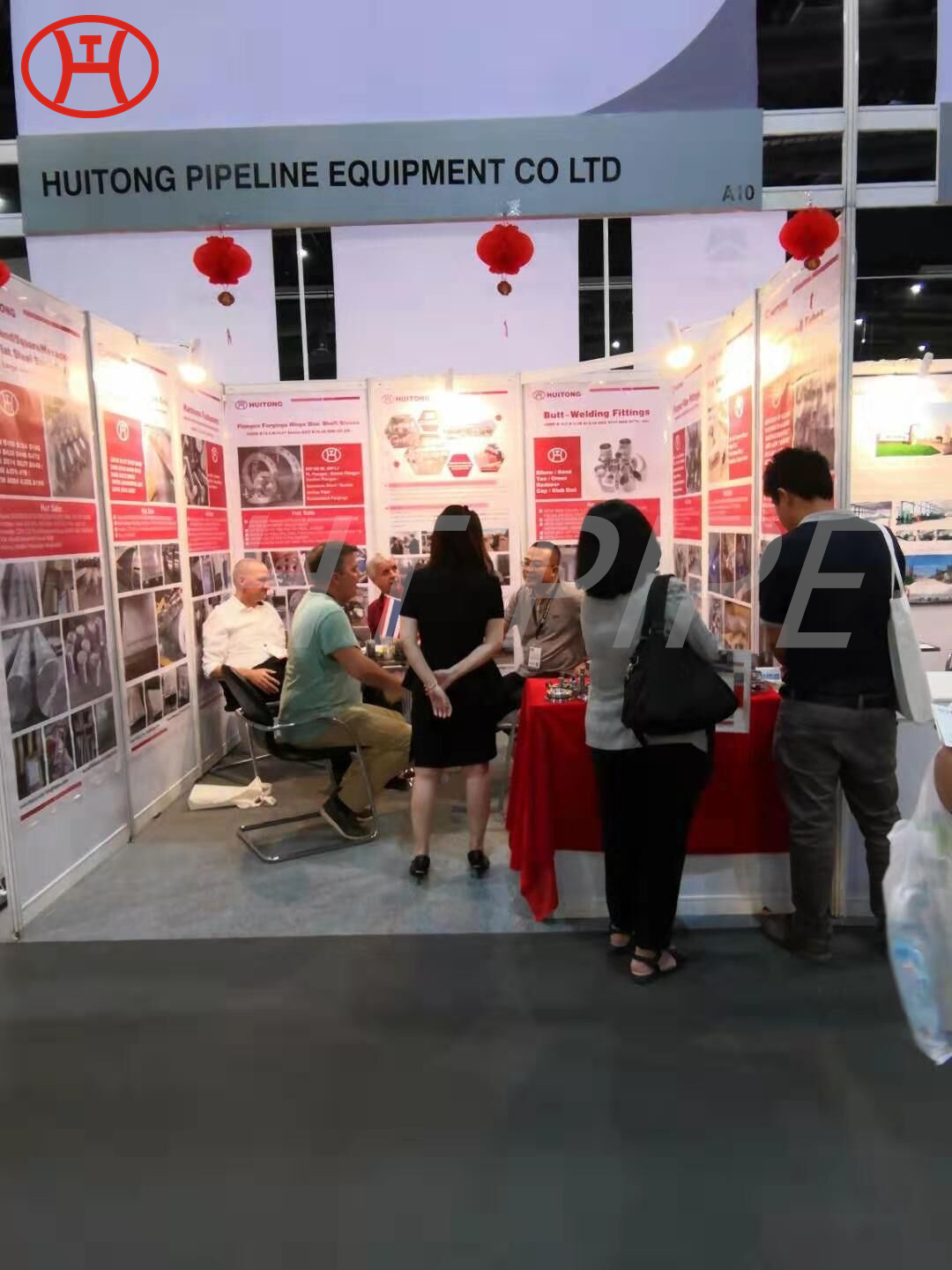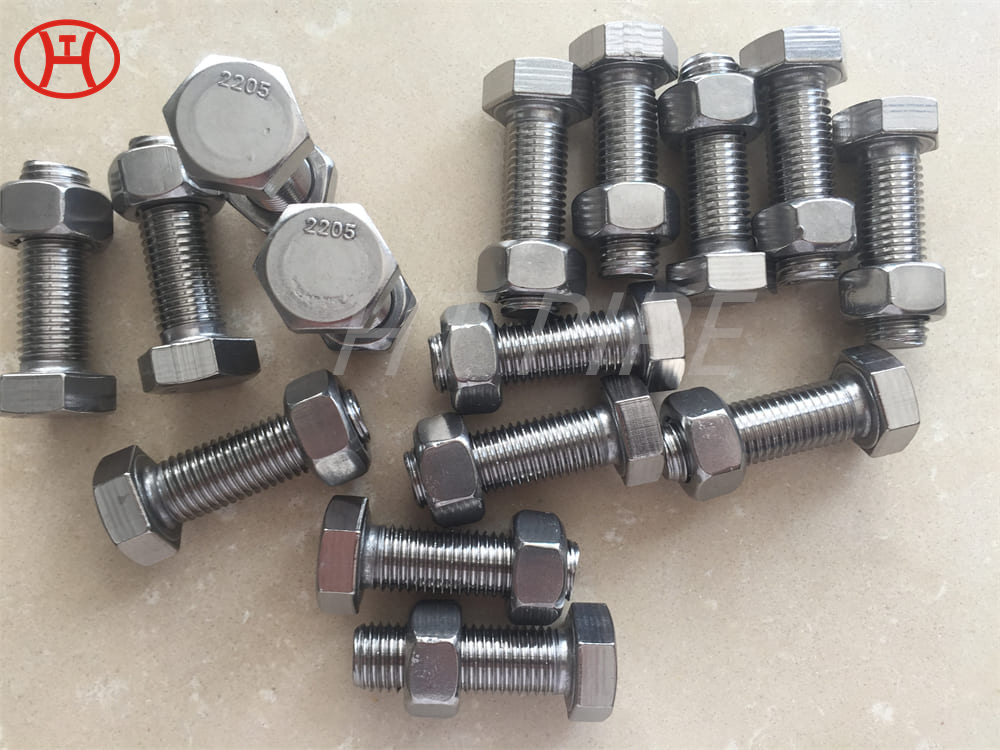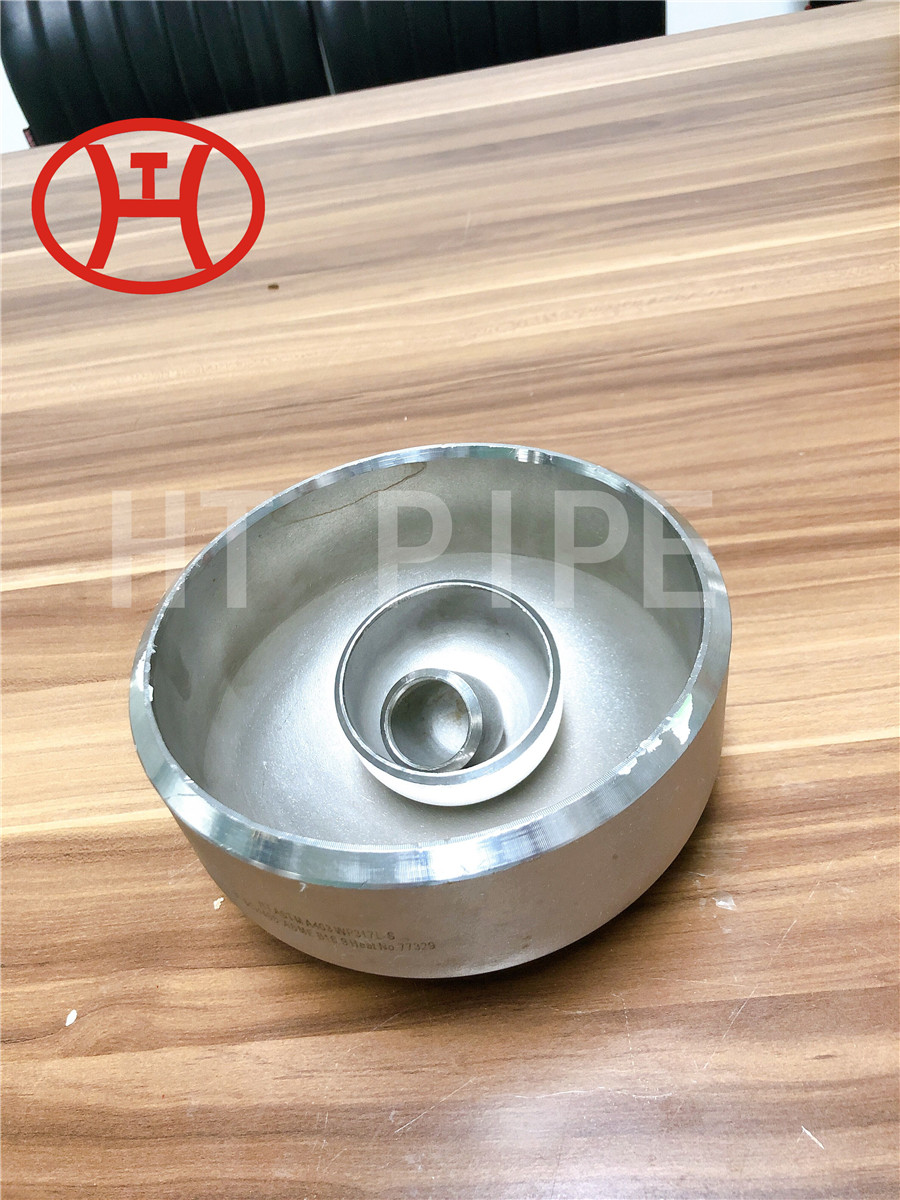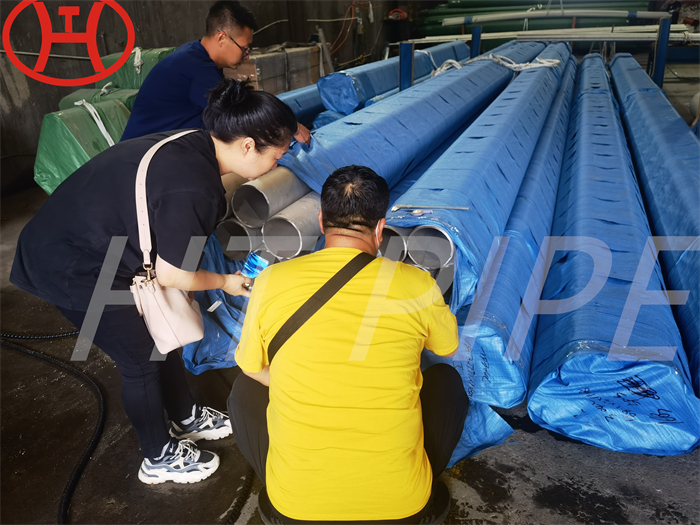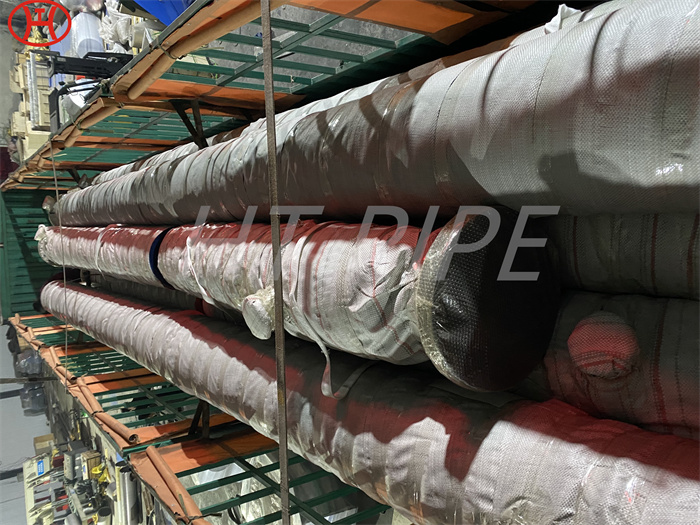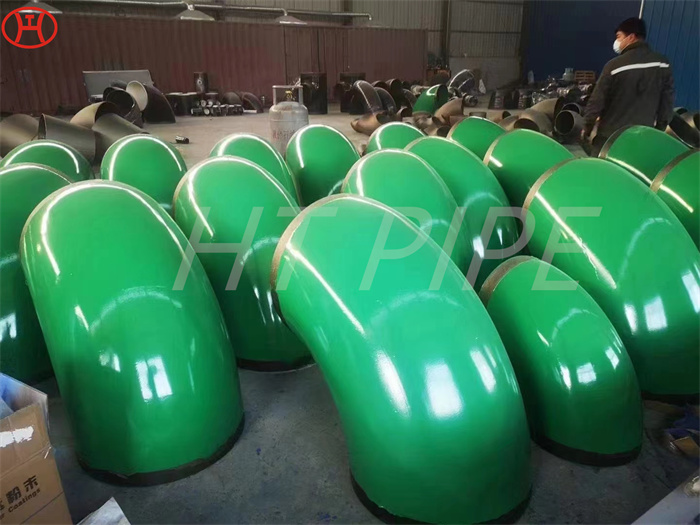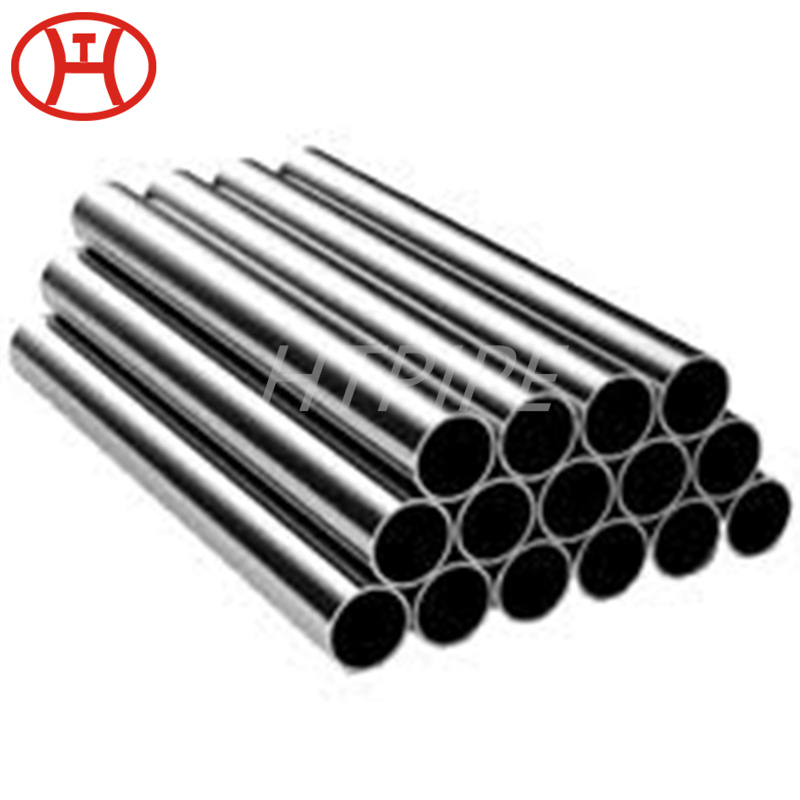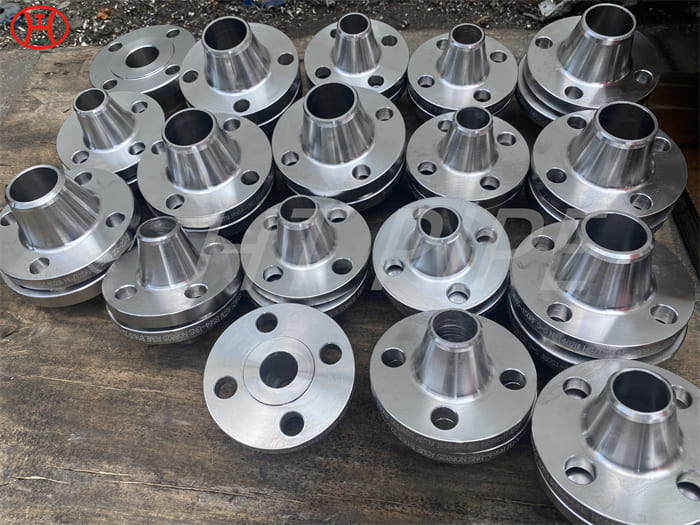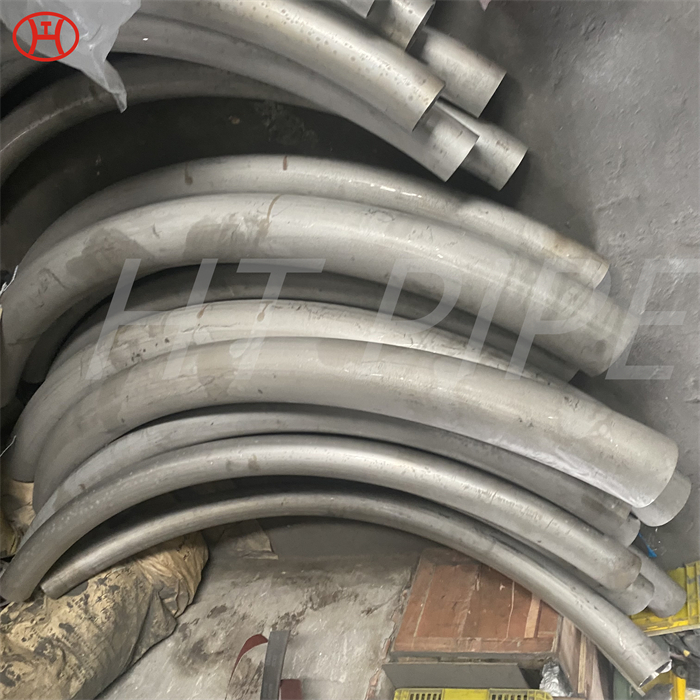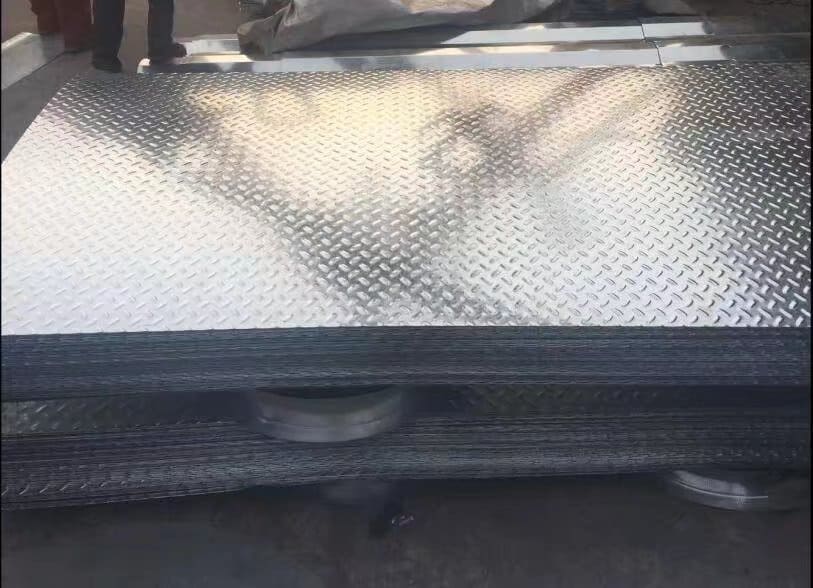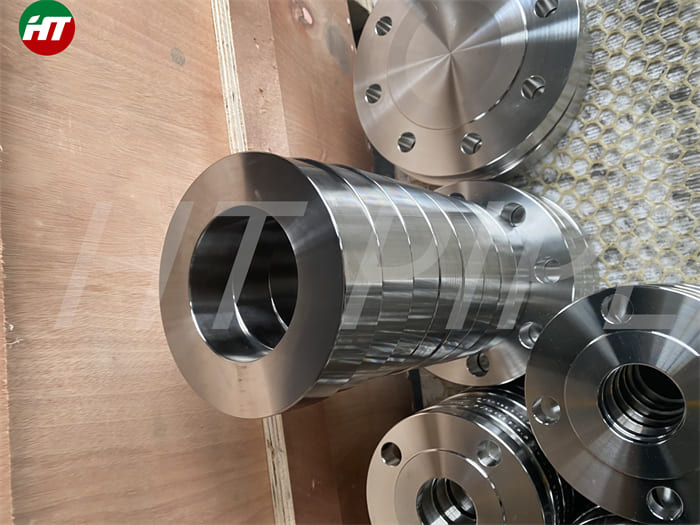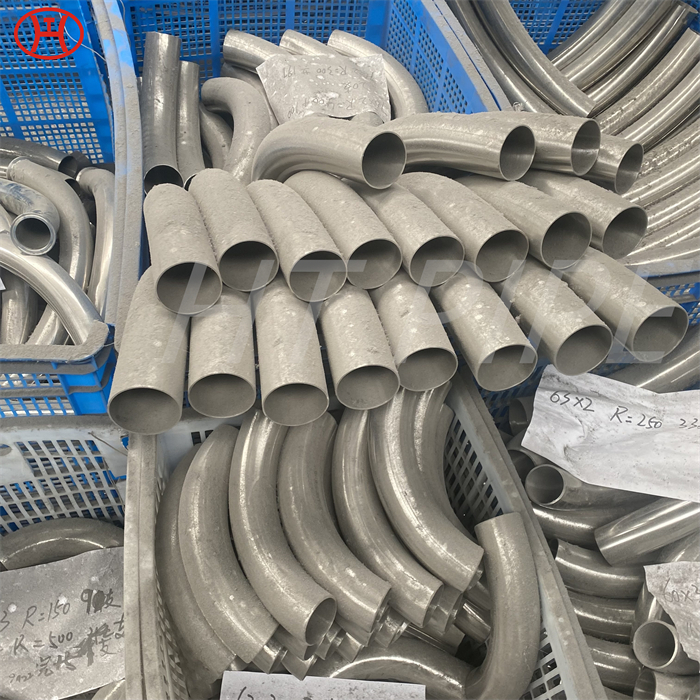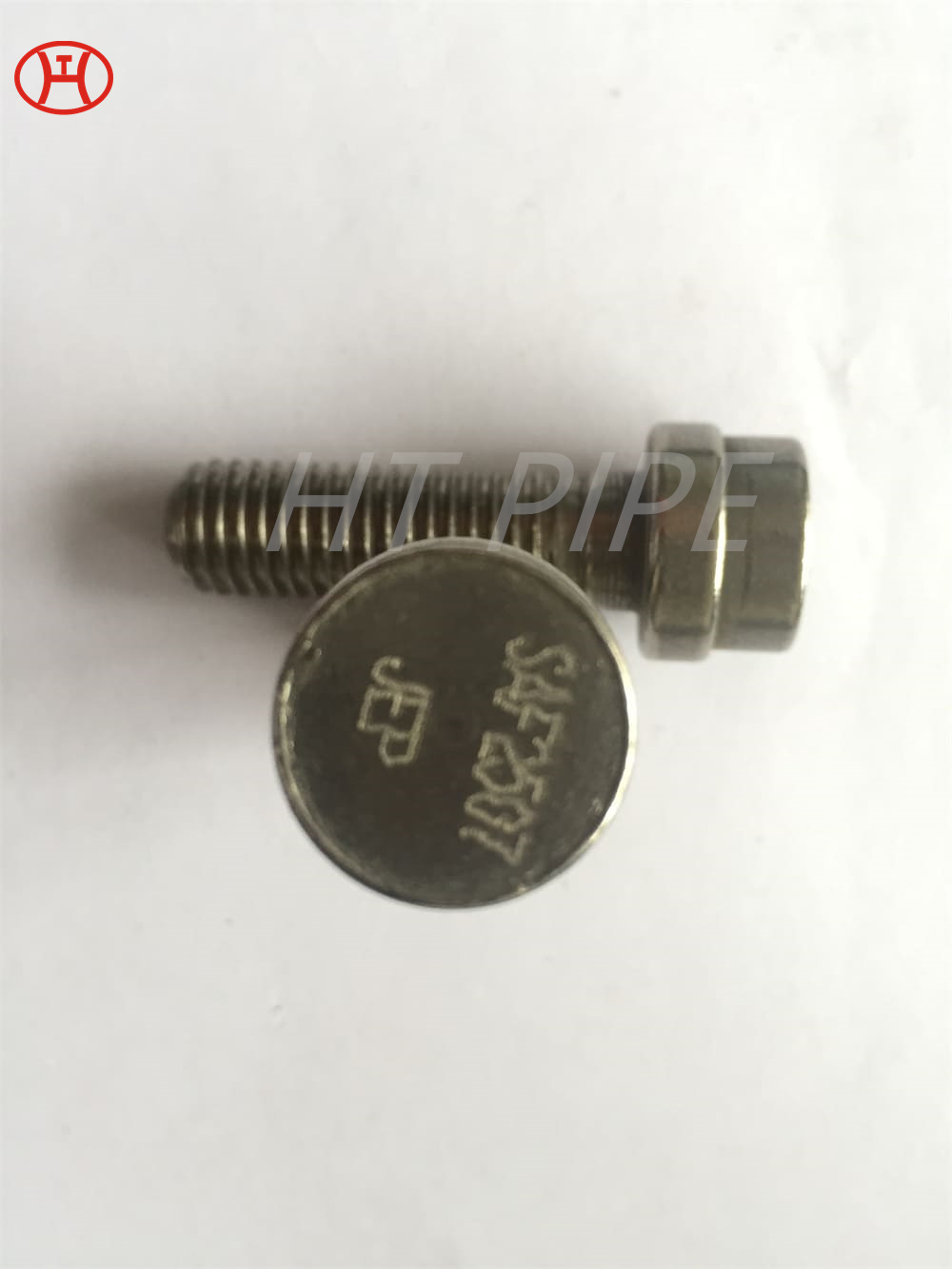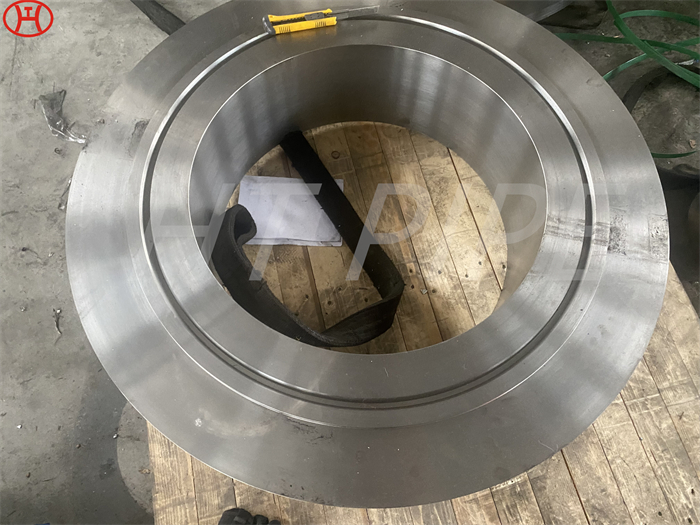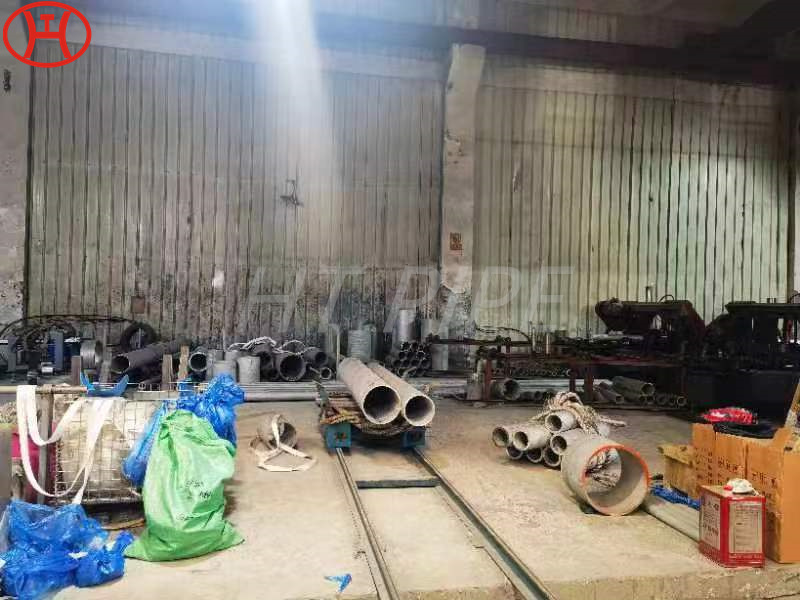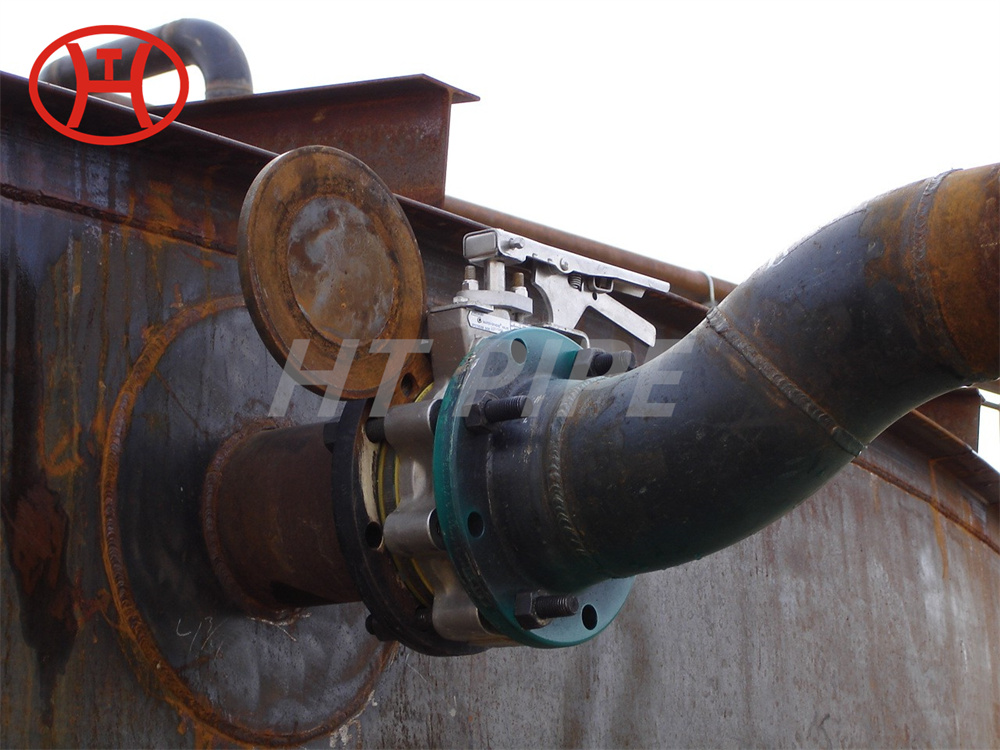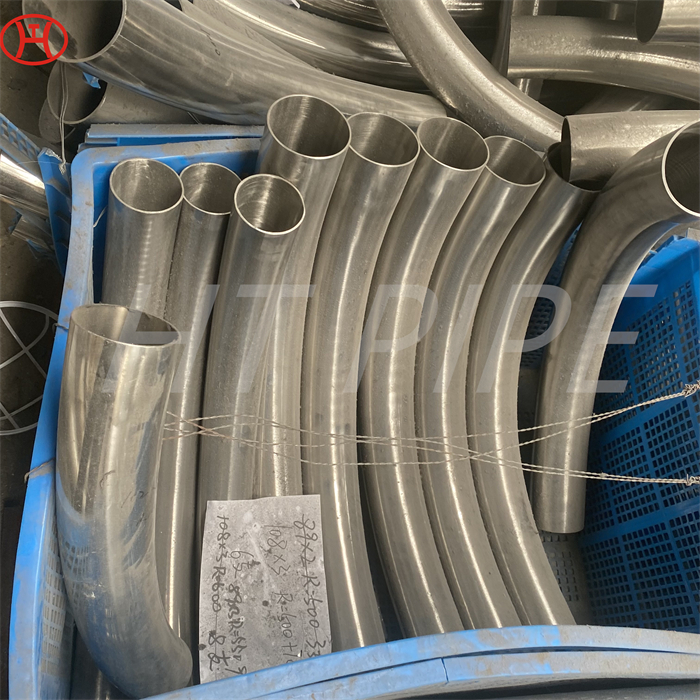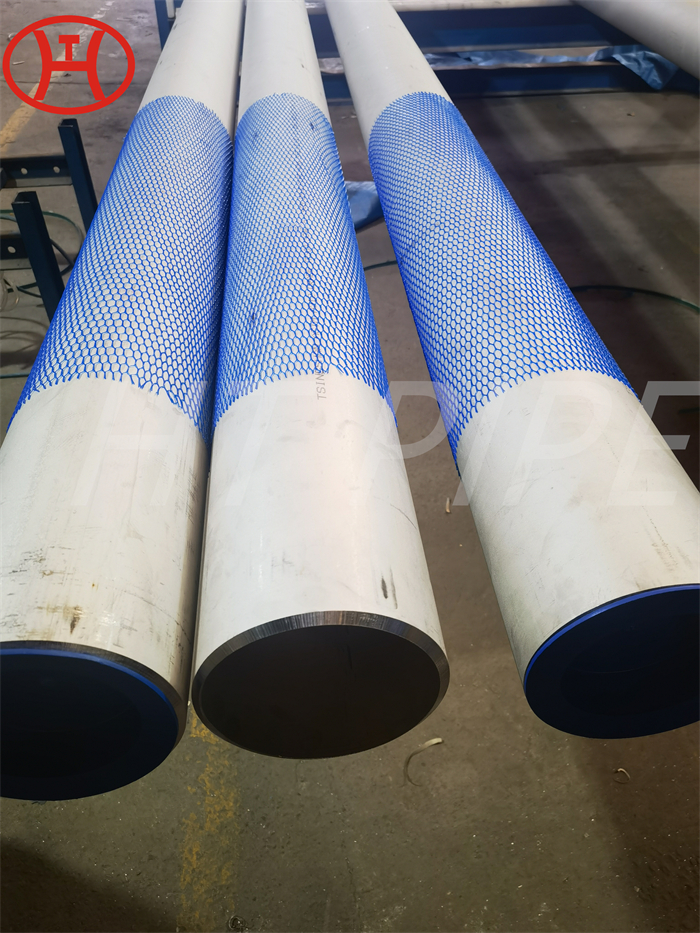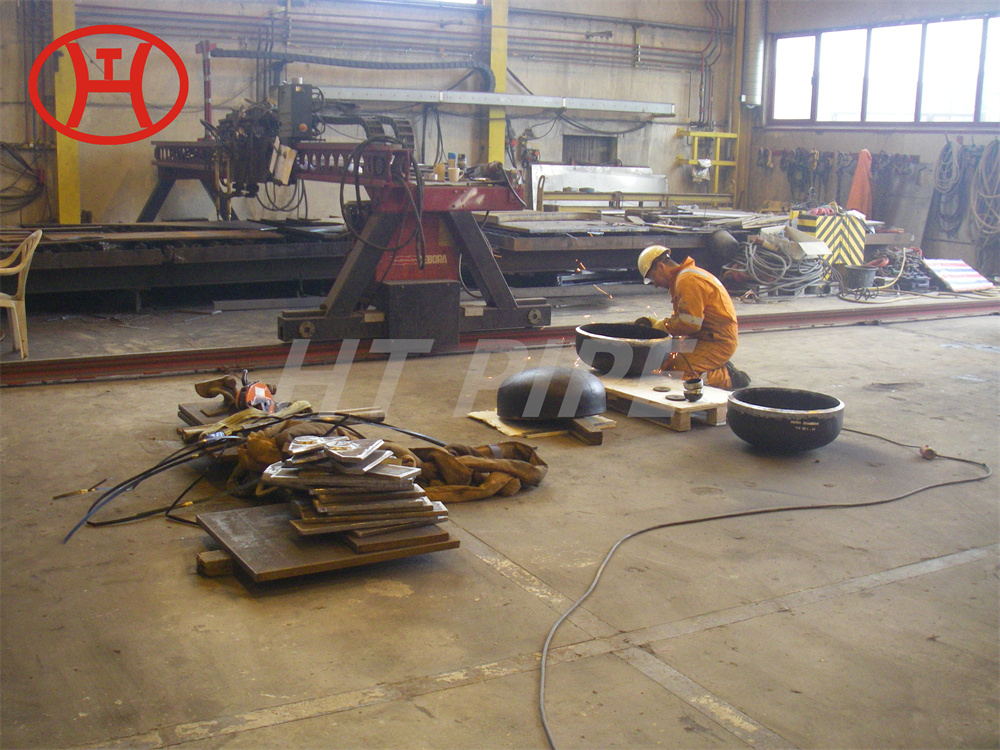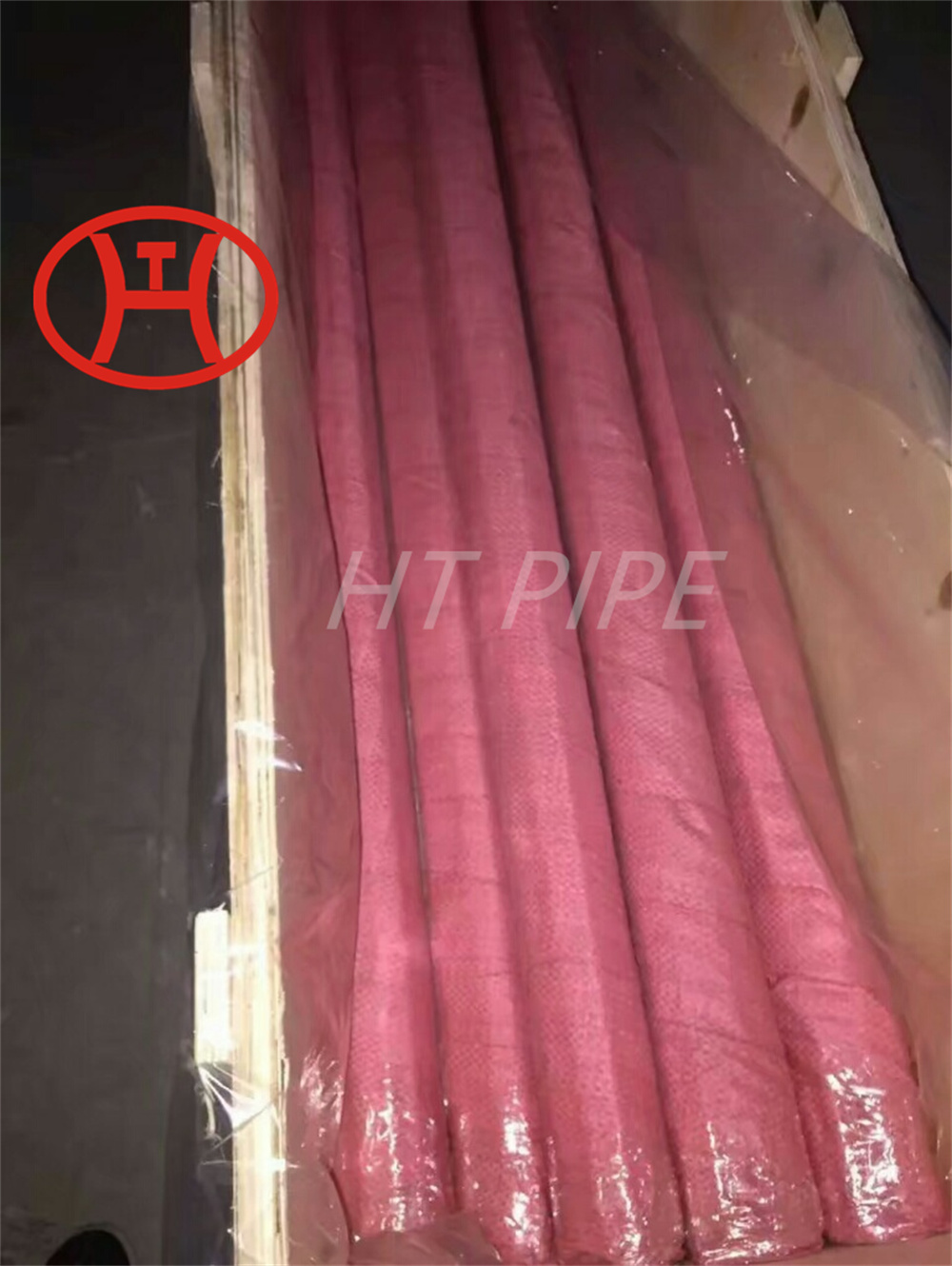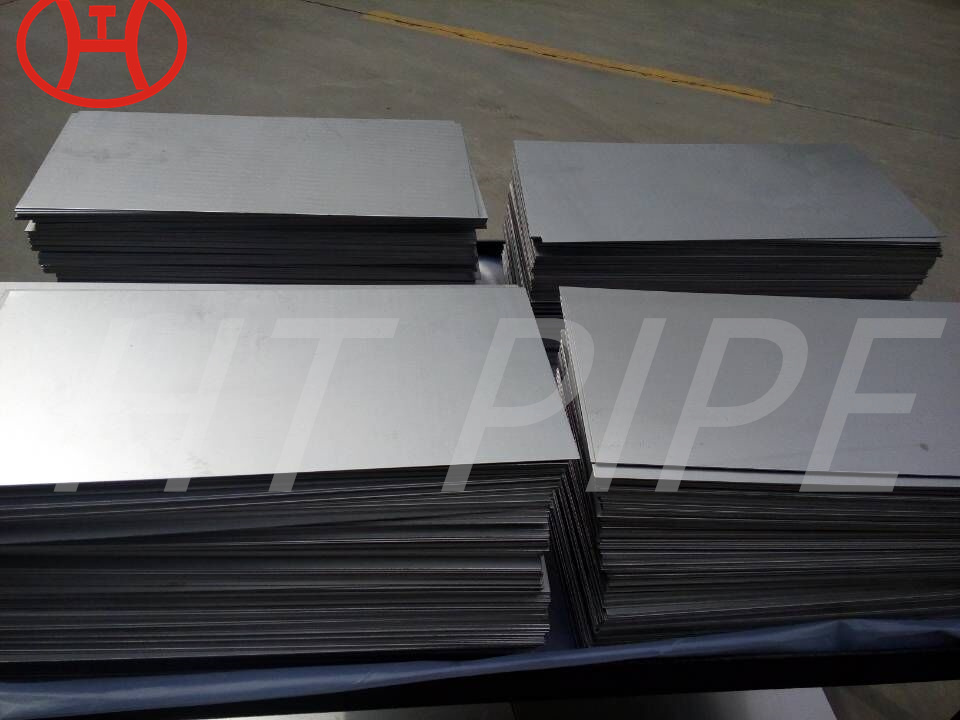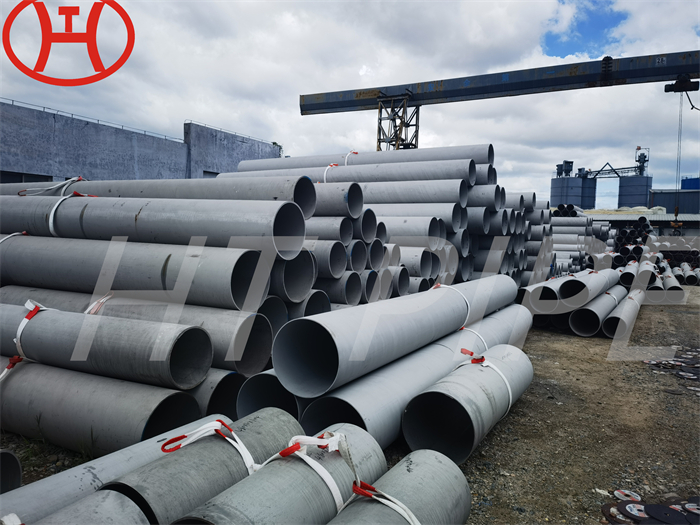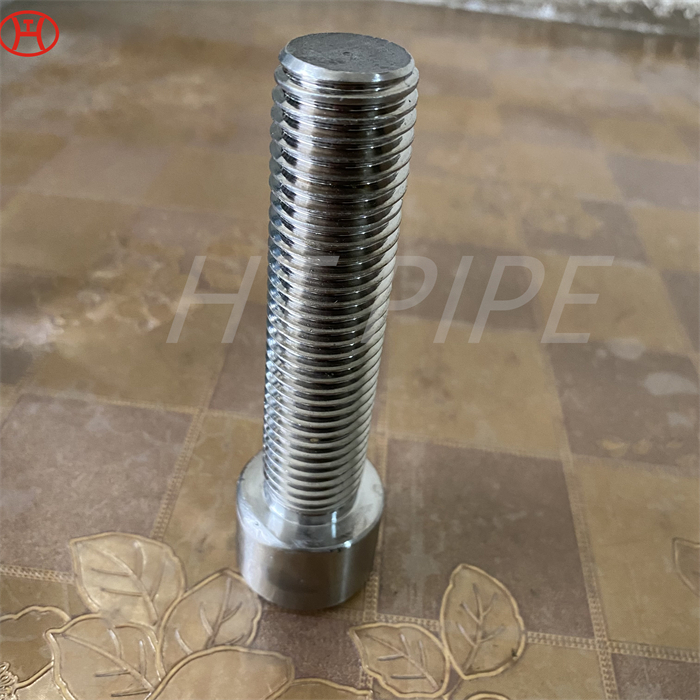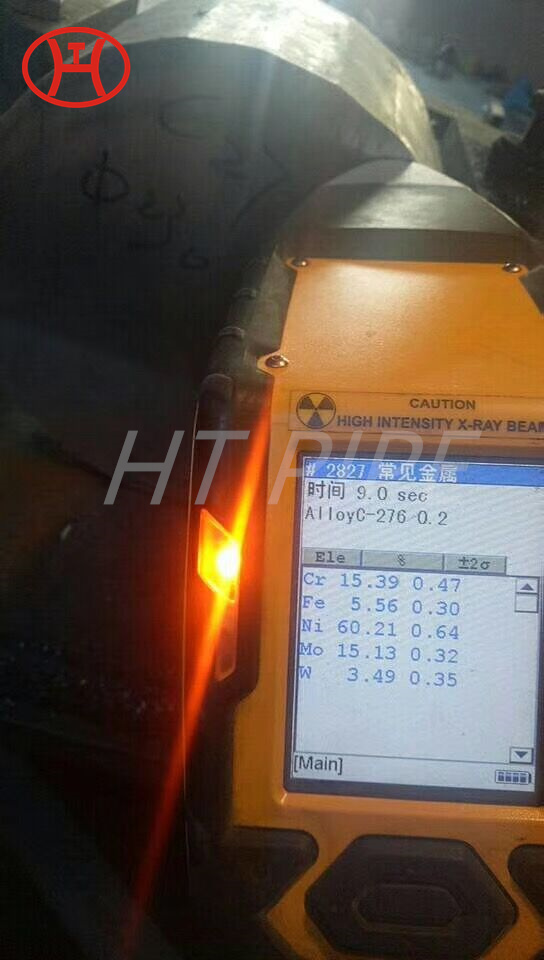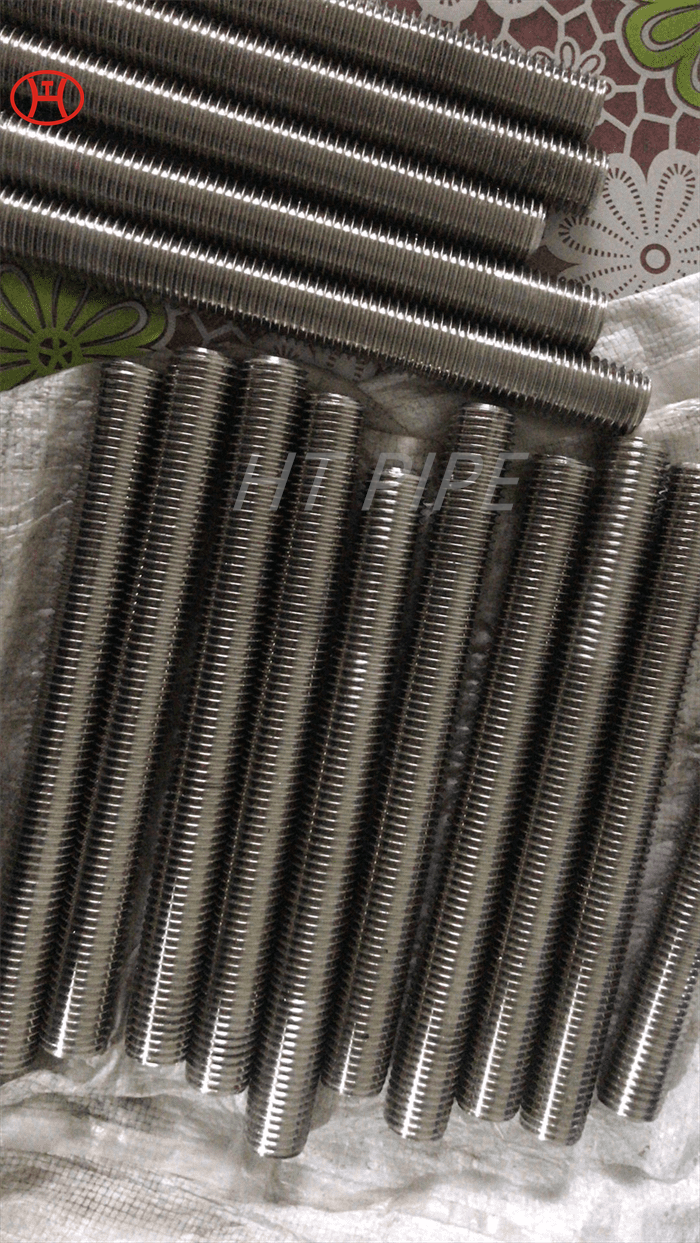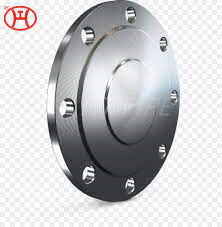
Hastelloy C276 Flanges ASTM B564 Hastelloy Flange
Hastelloy C276 Flanges Hastelloy C276 Flanges are made up of the nickel chromium molybdenum alloy that is called hastelloy. The composition includes 50.99% nickel, 14.5% chromium, 15% molybdenum and carbon, manganese, silicon, sulfur, cobalt, iron and phosphorus in it. The Hastelloy C276 Flanges have high melting point of 1370 degrees Celsius. This high melting point allows for higher operating temperatures of the flanges. The material also has 790MPa minimum tensile strength and 355MPa minimum yield strength.
Hastelloy C276 Flanges ASTM B564 UNS N10276 Hastelloy C276 Flanges belongs to Ni-Cr-Mo family and used in industrial applications and ASTM B564 N10276 Pipe Flanges was introduced in the mid-1960s. Hastelloy Blind Flange (e.g., Asme Sb 564 N10276), and Hastelloy C276 Weld neck Flanges are also known as super-alloys. N10276 Material Flange are suitable to attaches to pipe in very corrosive environments and high temperature corrosive environments. Ni-Cr-Mo alloy C276 Hastelloy Flanges are the most versatile Hastelloy Slip on Flange works against corrosion under reducing conditions and chromium due to molybdenum.
Alloy C-276 Flange (UNS N10276, W.Nr. 2.4819) is known for its corrosion resistance in a wide range of aggressive media. The high molybdenum content imparts resistance to localized corrosion such as pitting.
The low carbon of Hastelloy C276 flange minimizes carbide precipitation during welding to maintain resistance to intergranular attack in heat-affected zones of welded joints. Hastelloy C276 flange is used in chemical processing, pollution control, pulp and paper production, industrial and municipal waste treatment and the recovery of “sour” natural gas.
Applications in air pollution control include stack liners, ducts, dampers, scrubbers, stack-gas re-heaters, fans and fan housings. In chemical processing, Hastelloy C276 flange is used for components including heat exchangers, reaction vessels, evaporators and transfer piping.
| Europe | America | Japan | Russia | Europe | Russia | |
| STANDARD | WERKSTOFF NR. | UNS | JIS | GOST | EN | OR |
| Alloy C276 Flanges | 2.4819 | N10276 | NW 0276 | ХН65МВУ | NiMo16Cr15W | ЭП760 |















































































































